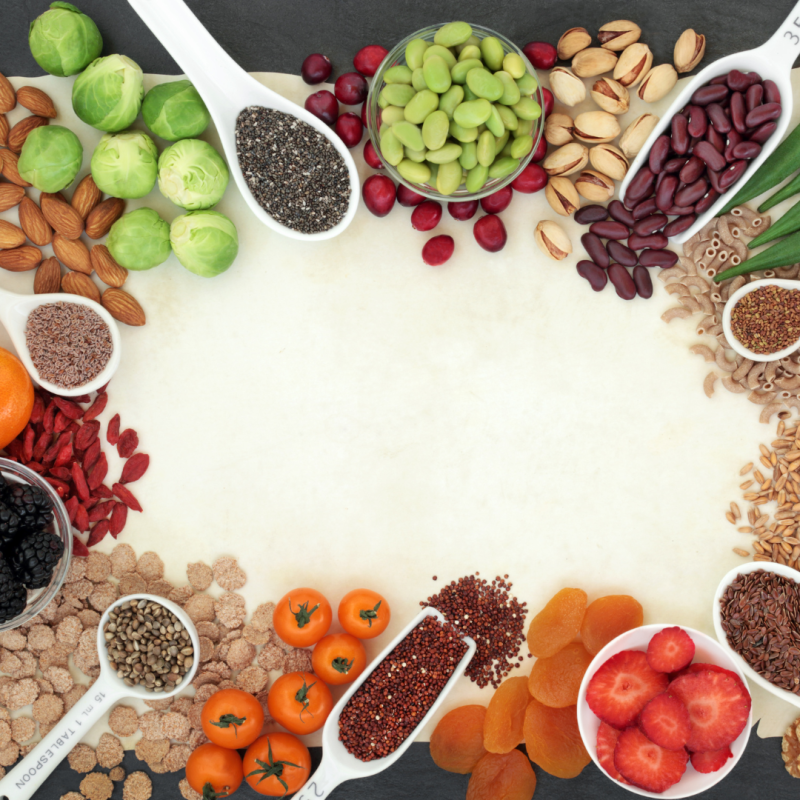Category
Written by Paul

Dr Paul Manktelow is a vet who’s worked for almost 20 years on the front line in some of the UK’s busiest veterinary hospitals. As Chief Vet in the Charity Sector, he leads a team of vets and nurses that treat thousands of pets every year. Paul also appears regularly in the media as a TV and radio presenter, writer, public speaker and podcast producer.
When we think of fibre in our pets’ diets, many of us assume it’s just something that helps them poop more regularly. In reality, fibre plays a far more powerful and complex role. It isn’t just about stool quality – it’s about the entire gut environment and how that influences everything from digestion to immunity.
For both dogs and cats, fibre can be a nutritional game-changer. Not because it’s flashy or trendy, but because of what it does quietly behind the scenes.
What is fibre – and why is it so important?
Fibre is a type of carbohydrate found in plant-based foods. Unlike other nutrients, it isn’t digested by the body. Instead, it moves through the digestive system largely intact, and that’s where its magic happens.
Fibre keeps everything moving through the gut at a healthy pace. It helps stools stay firm and well-formed, which is essential for preventing both diarrhoea and constipation. But beyond that, fibre acts as a natural food source for the good bacteria in your pet’s gut – helping maintain a healthy microbiome.
We now know that gut health is linked to much more than digestion. It plays a role in weight management, immune response, mood, skin health and even how nutrients are absorbed. A well-functioning gut makes for a healthier, more resilient pet.
Not all fibre is the same
There are three main types of fibre:
- Soluble fibre dissolves in water and helps regulate stool consistency.
- Insoluble fibre acts more like a broom, helping move things through the gut.
- Fermentable fibre feeds the gut’s beneficial bacteria, supporting a thriving microbiome.
Most pets benefit from a balance of these fibre types, although the ideal ratio can vary depending on breed, size, and health status.
Why it matters for everyday health
Adding fibre into a pet’s diet can support:
- Regular bowel movements
- Healthier stool quality
- Reduced risk of digestive upset
- Improved weight control and satiety
- A stronger and more diverse gut microbiome
Over time, this helps support everything from skin health to immunity, and may even reduce the risk of chronic conditions linked to inflammation and poor gut function.
The bottom line
Fibre isn’t a filler. It’s an essential part of a well-balanced diet, particularly for pets with sensitive stomachs or specific health issues. If your pet has inconsistent stools, digestive discomfort, or even behavioural changes, it’s worth asking whether their fibre intake might be part of the picture.
We explored this in depth in my latest podcast episode, Poo Talk: Is Fibre the Secret to Your Pet’s Health?, where I sat down with veterinary nutritionist Ronan Fitzgerald to unpack the science and answer real owner questions.
🎧 Listen to the episode here






